Rising Awareness of Public Health
There is a growing awareness of public health issues related to vector control, which serves as a significant driver for the larvicides market. Educational campaigns by health organizations emphasize the importance of controlling mosquito populations to prevent disease transmission. This heightened awareness has led to increased funding for pest control initiatives at local and state levels. As communities recognize the health risks associated with vector-borne diseases, the demand for effective larvicides is likely to rise. Public health agencies are increasingly incorporating larvicides into their pest management strategies, thereby bolstering the larvicides market as a vital component of public health infrastructure.
Urbanization and Population Growth
Urbanization and population growth in the US are driving factors for the larvicides market. As urban areas expand, the prevalence of stagnant water bodies increases, creating ideal breeding grounds for mosquitoes and other pests. The US Census Bureau indicates that urban populations are projected to rise, leading to greater challenges in pest management. Consequently, municipalities are compelled to implement effective pest control strategies, including the application of larvicides. This trend suggests a sustained demand for larvicides as urban planners and public health officials prioritize vector control to protect public health and enhance the quality of life in growing urban environments.
Regulatory Support for Pest Control
Regulatory frameworks in the US are increasingly supportive of pest control measures, which significantly impacts the larvicides market. The Environmental Protection Agency (EPA) has established guidelines that promote the safe use of larvicides while ensuring environmental protection. This regulatory support encourages manufacturers to innovate and develop new larvicidal products that are both effective and environmentally friendly. As municipalities and private sectors comply with these regulations, the demand for compliant larvicides is expected to rise. The market is projected to grow as stakeholders seek to adhere to these regulations while effectively managing pest populations, thus enhancing the larvicides market.
Advancements in Formulation Technologies
Advancements in formulation technologies are transforming the larvicides market by enhancing the efficacy and safety of larvicidal products. Innovations in slow-release formulations and targeted delivery systems allow for more effective pest control with reduced environmental impact. These technological improvements are attracting interest from both manufacturers and consumers, as they seek more sustainable and efficient solutions for pest management. The development of new active ingredients and formulations is expected to drive market growth, as stakeholders increasingly prioritize effective and environmentally responsible larvicides. This trend indicates a promising future for the larvicides market, as innovation continues to shape product offerings.
Increased Vector-Borne Disease Incidence
The rising incidence of vector-borne diseases in the US is a critical driver for the larvicides market. Diseases such as West Nile virus and Zika virus, transmitted by mosquitoes, have seen increased cases in recent years. This trend necessitates effective vector control measures, including the use of larvicides. According to the Centers for Disease Control and Prevention (CDC), the number of reported cases of mosquito-borne diseases has surged, prompting public health initiatives to enhance mosquito control programs. Consequently, municipalities and health departments are investing more in larvicides to mitigate these health risks, thereby expanding the larvicides market. The urgency to address these public health concerns is likely to sustain demand for larvicides in the foreseeable future.


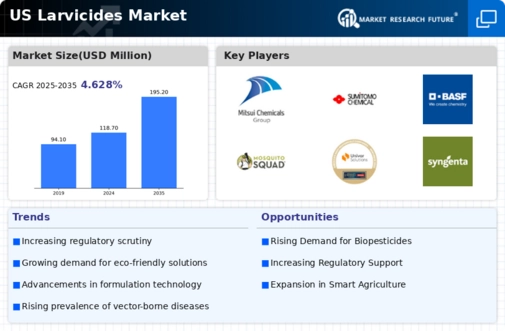
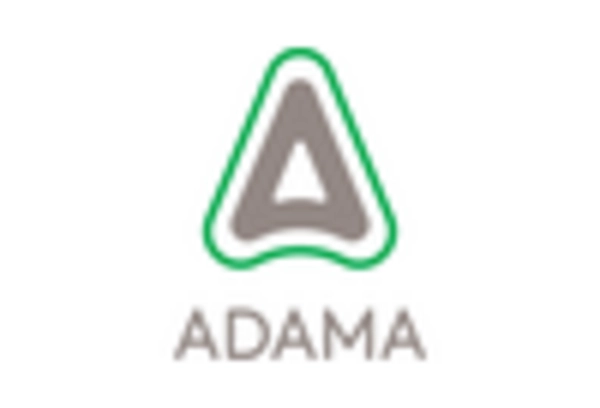
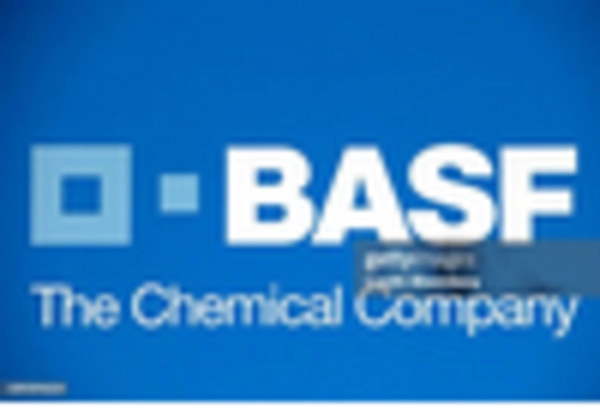
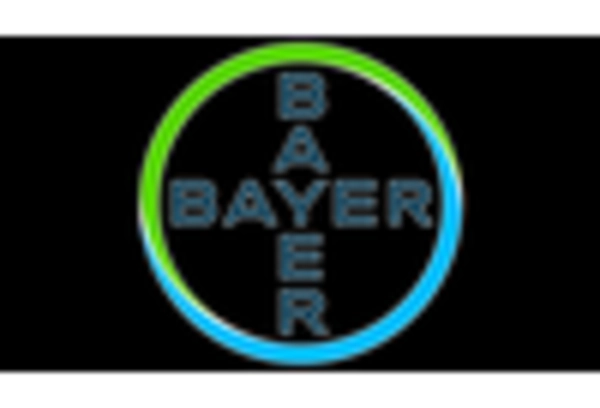
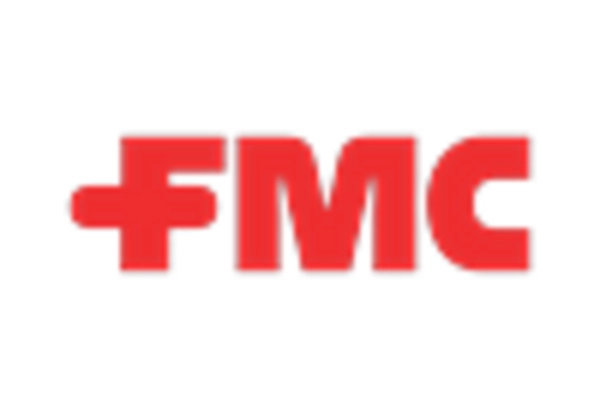
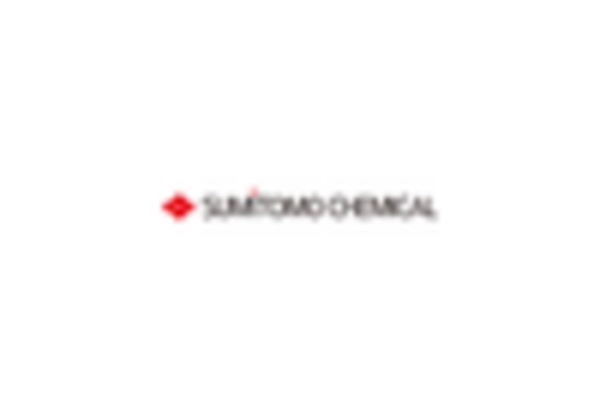
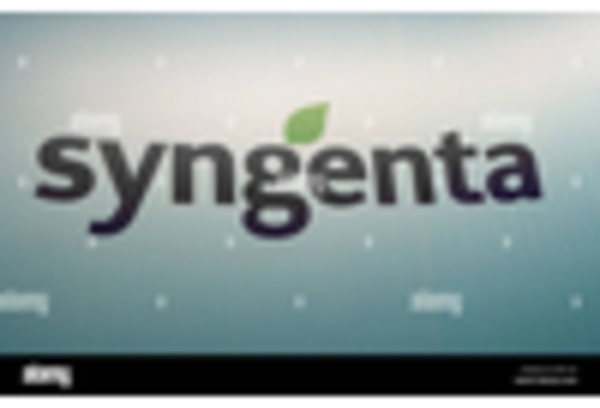








Leave a Comment